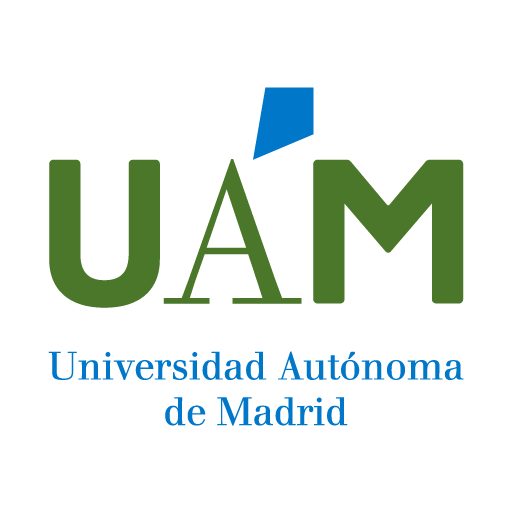
Indexed in
License and use

Saethre-Chotzen syndrome: A case report
Publicated to:Archivos Argentinos de Pediatria. 119 (2): E129-E132 - 2021-04-01 119(2), DOI: 10.5546/AAP.2021.E129
Authors: de los Rios Quintanero, Blanca Diez; Gracia Rojas, Eva; Ortiz Movilla, Roberto; Cabrejas Nunez, Maria J; Gabriel, Miguel A Marin
Affiliations
Abstract
The Saethre-Chotzen syndrome is a craniofacial malformation syndrome characterized by synostosis of coronal sutures and limb anomalies. The estimated prevalence of this syndrome is 1 in 25 000-50 000 live births. We present a case report of a neonate, without relevant family history, who presented craniofacial alterations at birth. Given the phenotypic features, a cranial computed tomography scan was performed, showing partial fusion of the coronal suture, evidencing the presence of wormian bones in the metopic and right lambdoid location. With the clinical suspicion of craniofacial malformation syndrome, an analysis of the directed exome was requested confirming that the patient is a heterozygous carrier of the pathogenic variant c.415C>A, which induces a change of proline to threonine at position 139 of the TWIST1 gene, responsible for Saethre-Chotzen syndrome. The presence of wormian bones, a finding not described so far in the literature, extends the well-known phenotypic variability of this syndrome.
Keywords
Quality index
Bibliometric impact. Analysis of the contribution and dissemination channel
The work has been published in the journal Archivos Argentinos de Pediatria, and although the journal is classified in the quartile Q4 (Agencia WoS (JCR)), its regional focus and specialization in Pediatrics, give it significant recognition in a specific niche of scientific knowledge at an international level.
From a relative perspective, and based on the normalized impact indicator calculated from the Field Citation Ratio (FCR) of the Dimensions source, it yields a value of: 1.39, which indicates that, compared to works in the same discipline and in the same year of publication, it ranks as a work cited above average. (source consulted: Dimensions Jun 2025)
Specifically, and according to different indexing agencies, this work has accumulated citations as of 2025-06-01, the following number of citations:
- WoS: 1
- Scopus: 2
- Europe PMC: 1
Impact and social visibility
Leadership analysis of institutional authors
There is a significant leadership presence as some of the institution’s authors appear as the first or last signer, detailed as follows: Last Author (MARIN GABRIEL, MIGUEL ANGEL).


